1. Families
- Incorporates diverse perspectives of family and community in the learning process.
- Represents and welcomes all families, including those with lesbian or gay parents.
- Believes they can learn from information that children and their families have to offer.
- Recognizes the challenges families living in poverty have and develops lessons and relationships accordingly.
2. Classroom Environment
- Maintains a safe, inclusive, culturally responsive classroom where all children feel valued and have a sense of belonging.
- Proactively addresses diversity related situations.
- Believes that each student matters and that each one deserves and desires to be loved and accepted.
- Exhibits positive, caring attitudes so all students, including those with disabilities and those who are gay.
3. Voice
- Provides opportunities for students to express their ideas and opinions.
- Interacts with students in ways that show regard for linguistic differences.
- For students who are learning English, the candidate learns key words in the student’s language to increase communication.
- Includes children in the identification and exploration of issues important to them.
4. Classroom Community and Peer Interaction
- Groups and engages students to foster positive interactions w/ peers of different social groups & backgrounds.
- Engages students in discussions with other students about course content.
- Differentiates classroom management based on the needs of the students leading to successful classroom community membership for all.
- Provides opportunities and or encouragement for extracurricular involvement.
5. Relevance
- Provides opportunities for students to be successful in their studies.
- Plans instruction around students’ experiences and interests and cultural competencies.


